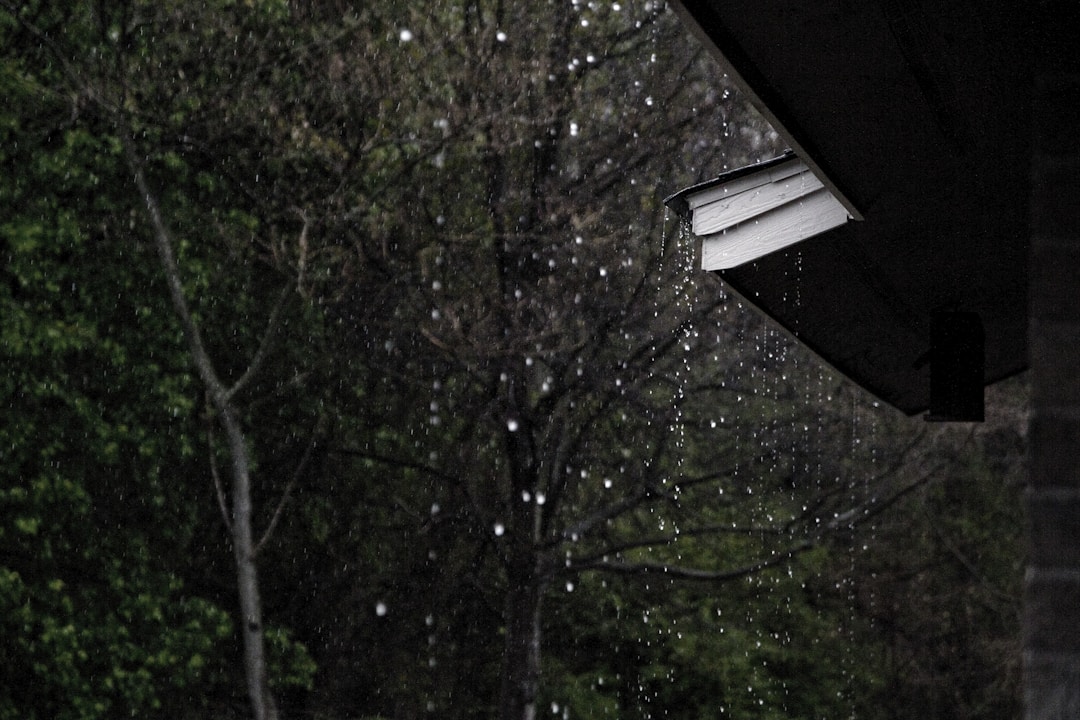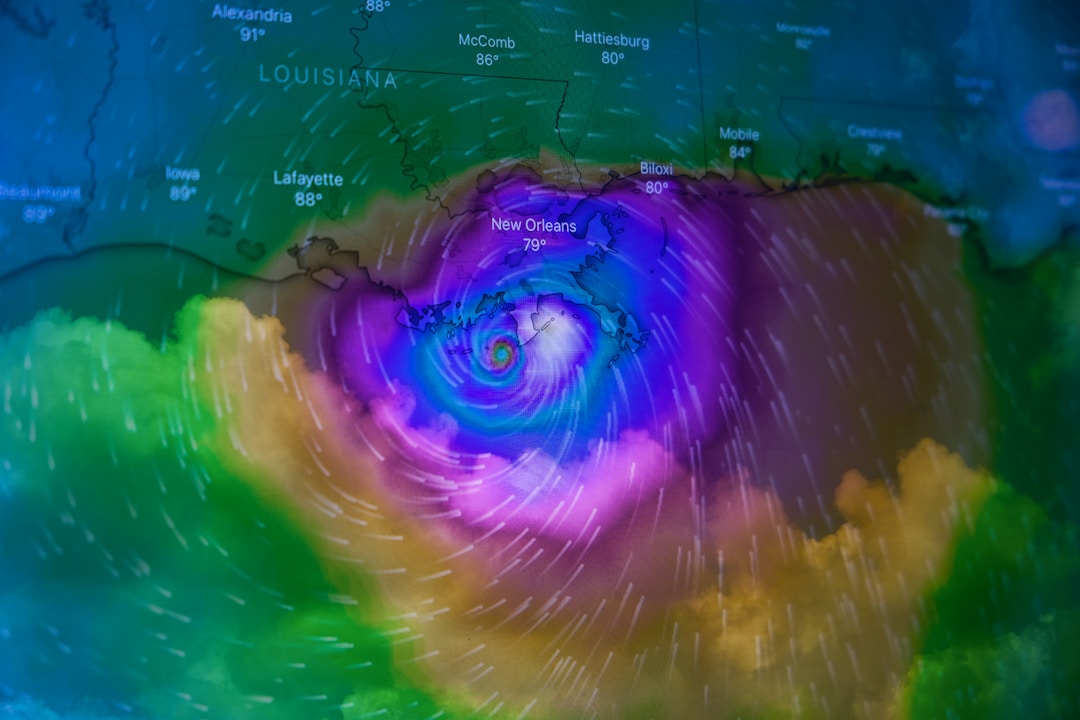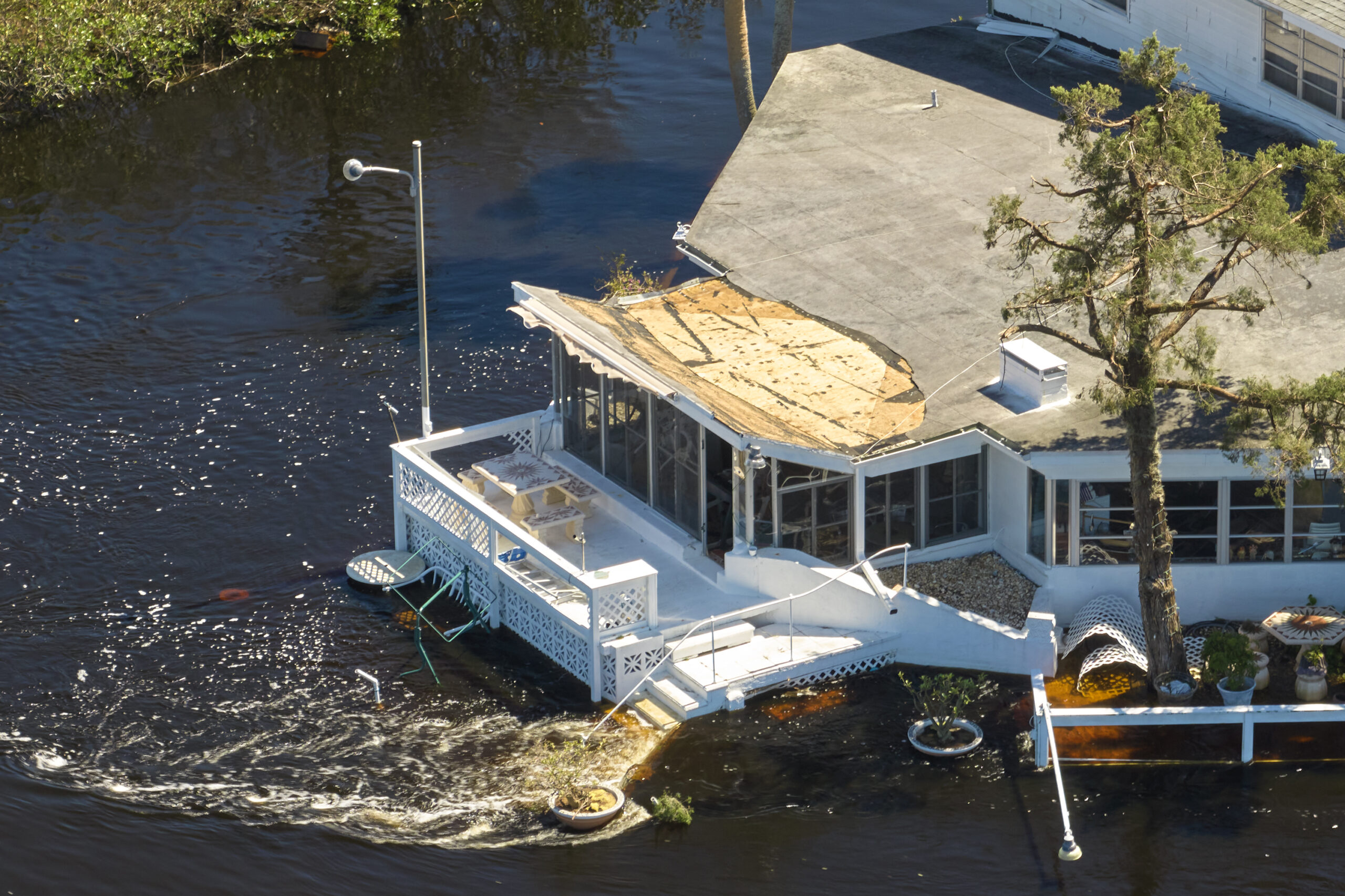How To Prep Your Home for a Hurricane
Imagine sitting at home watching your favorite television show, when suddenly the picture starts to flicker, the walls of your home vibrate, and the sound of gushing wind starts to fill your ears. This is a situation none of us would like to experience. What if you find yourself in a hurricane-prone area? As frightening as it may seem, having knowledge about how you can prep your home for a hurricane can make you feel more secure and can protect your home from major damage. So, if you are living in a hurricane-prone area or even visiting one, you need to know the preparatory steps to safeguard your home. In this article, we’ll delve deep into the detailed ways you can safeguard your home against hurricanes.
Securing the Outside of Your Home

You can start by securing the outside of your house. There are certain things you can do to protect your home, which include installing hurricane screens for lanai. These screens can protect your outdoor living spaces from wind-blown debris, keeping your home safe and secure. In addition to hurricane screens, consider investing in hurricane shutters for your windows and doors. These can save your home from getting severely damaged during the hurricane. A trustworthy contractor can assist you in choosing the right screens for your home.
Check your roof and make any necessary repairs too. If there are tree branches hanging too close to the roof, trim them. An untethered branch can easily smash into your home and cause substantial damage. All outdoor items that can’t be tied down or stowed away need to be brought inside the house. This includes patio furniture, grills, and decor. Pool toys, small yard ornaments, and even trash cans can become airborne in high winds, potentially causing more damage to the house.
Understanding the Nature of Hurricanes
Before we start prepping our home for a hurricane, we have to understand what a hurricane is. A hurricane, or a tropical cyclone, as it is scientifically known, is a severe, rotating thunderstorm that has a well-defined surface circulation and sustains wind speeds of 74 miles per hour or higher. Although hurricanes occur mostly in warmer areas and their primary fuel is warm water, they can travel far inland and affect coastal and interior areas as well. These storms can be incredibly destructive, resulting in extreme wind damage, flooding, and power outages.
While popular imagery might lead people to believe that it’s the spiraling winds that are the deadliest aspect of hurricanes, the reality is it’s the storm surge and rain-induced floods that cause the bulk of fatalities and property damage. Hence, understanding the nature of hurricanes can play a role in preparing your home for the upcoming storm. Not only does this information help in assessing the risk factors, but it also assists in evaluating which region of your house might face the most damage.
Assessing Your Home’s Vulnerability

Once you understand the nature of hurricanes, it’s time to assess your home’s vulnerability to these storms. Every house is unique, with different dimensions, building materials, and geographic locations. Hence, some homes may be more susceptible to wind and water damage than others. For example, houses with more windows or those located at lower elevations might be more exposed to the harmful effects of hurricanes. Identify your home’s vulnerabilities and take measures to mitigate those risks.
Start with your home’s exterior. Check for weak spots like cracks in the walls or loose shingles on the roof. Look around your yard and note any large trees or branches that could potentially cause damage by falling on your house. Next, move inside and inspect all the rooms. Are there any leaks that need fixing? Are your windows and doors weather-sealed? By evaluating your home’s weak points, you can make improvements that will stand it strong against the storm.
The role of outdoor furniture and decor should not be overlooked in assessing your home’s vulnerability. They have the potential to turn into projectiles in a heavy storm, causing significant damage. Making a plan to store these items securely during a storm will enhance your home’s resistance to hurricane damage.
Preparing an Emergency Kit
While you can take measures to protect your home, you also need to consider your personal safety. An emergency kit is a must-have for any home, especially those in areas prone to hurricanes. This kit should contain first aid supplies, essential medicines, water, non-perishable food items, battery-operated radio and flashlights, batteries, personal hygiene items, and important documents (like IDs, insurance policies, and medical records).
You should also include cash, local maps, and a full change of clothes for each family member in your emergency kit. The importance of this kit can’t be overstated. In the event of a hurricane, you may not have access to supplies for several days, and having these basics on hand can make all the difference. An emergency plan is a vital addition to your hurricane preparedness steps. This plan should include escape routes, contact information for emergency services, and plans for pets. Your family should be familiar with the plan and understand what to do in the event of a hurricane.
Familiarizing Yourself with Insurance Policies

Despite our best efforts, hurricanes can cause extensive damage. That’s where insurance comes in. Familiarize yourself with your homeowner’s insurance policy and understand what is covered and which damages would fall under a different insurance like flood insurance. Having adequate insurance can provide a safety net and allow you to recover faster post-hurricane.
You may need to take out an additional policy for flood damage or wind damage. Before hurricane season begins, review your policies and make sure you have enough coverage. If you’re unsure, reach out to your insurance provider for clarification. Also, consider taking photos or videos of your home and its contents. In the aftermath of a disaster, these can help you accurately report the sustained damage and make the insurance claim process smoother.
Maintaining Communications

When disaster strikes, communication is key. Keeping a battery-operated radio handy can keep you informed about the hurricane’s path and provide valuable updates. Also, don’t forget to keep your electronics, like mobile phones, fully charged. If possible, consider investing in a portable battery or generator to ensure your devices remain operational, even during power outages. Discuss and understand evacuation plans with your family members. Everyone should be aware of what to do, where to go, and know how to stay in touch during an emergency.
You need to know about different modes of communication, including social media platforms, emergency apps, and messaging services that can help you stay connected with your loved ones. The truth is that hurricanes can be extremely destructive and pose a substantial threat to both lives and property and being able to get in touch with your family should always be a priority.
As you can see, preparation is crucial in reducing the effects of hurricanes on your home and mitigating any potential risks that could arise. From understanding their nature, assessing your home’s vulnerability, securing your interior and exterior, preparing an emergency kit, understanding your insurance policies, to maintaining communication lines, all steps play a vital role in prepping your home for a hurricane. So, go ahead and start your hurricane preparation now – your future self will thank you!




